Learn how to recognize signs of anaphylaxis from AboutKidsHealth
GUEST BLOG – Jessica Fishbein, AboutKidsHealthToday, many children are allergic to foods such as peanuts, seafood, and sesame seeds. If your child is in school, chances are that one of their classmates has an allergy. It is important for adults to be able to recognize signs of anaphylaxis in order to keep children with allergies safe in different environments.
Anaphylaxis is a severe allergic reaction caused by allergens. An allergen is a substance that the body of a child with an allergy perceives as an invader. If a child has an allergy, they may experience anaphylaxis if their immune system reacts to an allergen in a life-threatening way.
A child can inhale or eat an allergen, or get an injection that contains an allergen. Allergens that commonly cause anaphylaxis include medications (e.g. penicillin), foods (e.g. peanuts), and insect bites (e.g. bee stings).
Upon exposure to allergens, the body releases histamines. Histamines and other chemicals released by the body cause signs and symptoms of an anaphylactic reaction, which happens a few minutes to an hour after exposure. If left untreated, anaphylaxis may cause a child to have blocked airways, go into shock or have a heart attack (cardiac arrest).
Signs and symptoms
If your child is having an anaphylactic reaction, they may show the following signs and symptoms:
• Abdominal (belly) pain, nausea, vomiting or sudden diarrhea
• Difficulty breathing, throat constriction or difficulty swallowing
• Coughing
• Fainting, lightheadedness or dizziness
• Hives, itching, redness of the skin
• Swollen eyes, lips or face
• Rapid or irregular heartbeats
• Slurred speech
Anaphylaxis is a severe allergic reaction caused by allergens.
If your child is showing signs and symptoms of anaphylaxis, it is critical to see a doctor immediately. Call 911 or take your child to the nearest emergency department right away.
If your child has an epinephrine injector (EpiPen or Allerject), inject it immediately. Look for signs that your child’s throat is swollen, which include high-pitched breathing noises or a whispery, hoarse voice. If your child is having difficulty breathing, do not give any medication orally.
Anaphylaxis is a scary experience for a child — do your best to stay calm and reassure them, however you can.
How to prevent future anaphylactic reactions
Avoiding known allergens is crucial to preventing future episodes of anaphylaxis. If your child has experienced an anaphylactic reaction for the first time, take them to an allergist to find out which allergens to avoid. The allergist will diagnose the allergen that caused your child’s reaction, and may prescribe emergency allergy medication such as an EpiPen or Allerject. If your child is prescribed one of these automated epinephrine injectors, they should carry it on them and wear a MedicAlert bracelet, so others can be made aware of their allergies and provide assistance if needed.
AboutKidsHealth is SickKids’ patient-education website and features more than 3,500 articles on a range of paediatric health topics. For more information on anaphylaxis and other topics, please visit www.aboutkidshealth.ca.


